-
Welcome to Tacoma World!
You are currently viewing as a guest! To get full-access, you need to register for a FREE account.
As a registered member, you’ll be able to:- Participate in all Tacoma discussion topics
- Communicate privately with other Tacoma owners from around the world
- Post your own photos in our Members Gallery
- Access all special features of the site
AdventureTaco - turbodb's build and adventures
Discussion in '1st Gen. Builds (1995-2004)' started by turbodb, Apr 4, 2017.
Page 274 of 281
Page 274 of 281


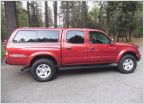 2004 Tacoma Limited 4WD- Stock to Overland Rig
2004 Tacoma Limited 4WD- Stock to Overland Rig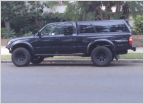 LAL00O00 Build
LAL00O00 Build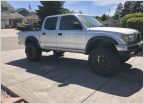 RDT415's 04 DCSB SR5 4x4 Build
RDT415's 04 DCSB SR5 4x4 Build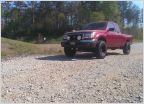 99 Tacoma Student "Build"
99 Tacoma Student "Build"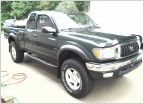 Greegun green and gunmetal DD Build
Greegun green and gunmetal DD Build






































